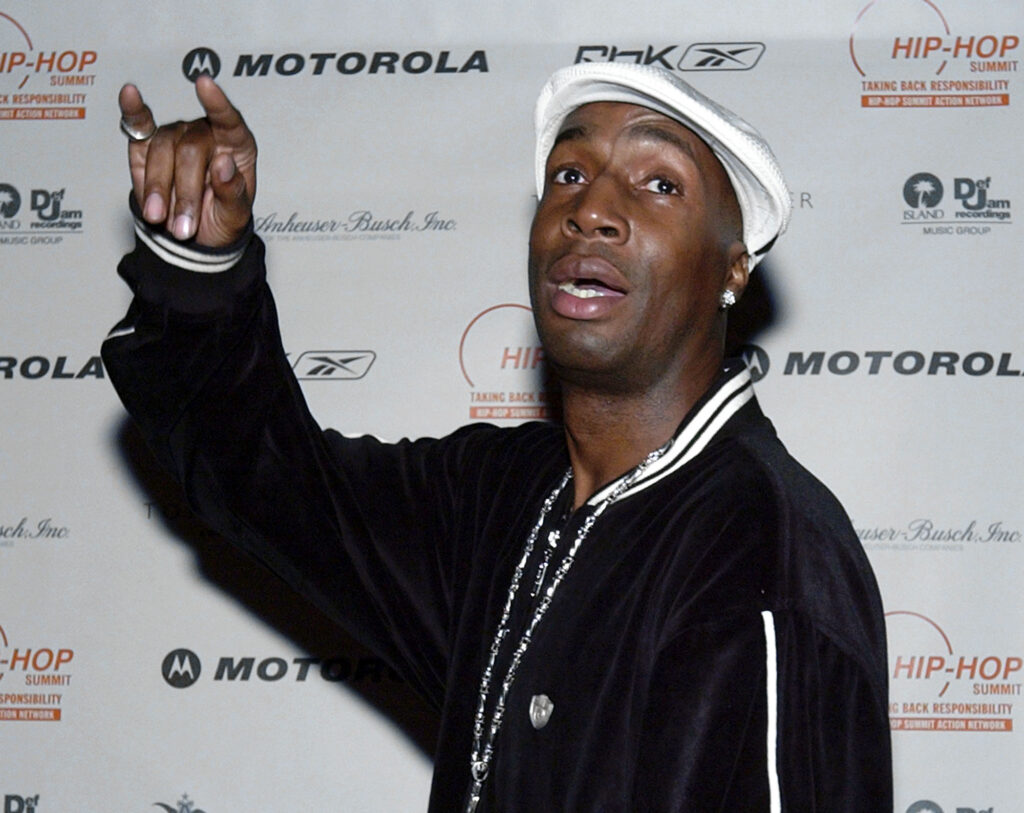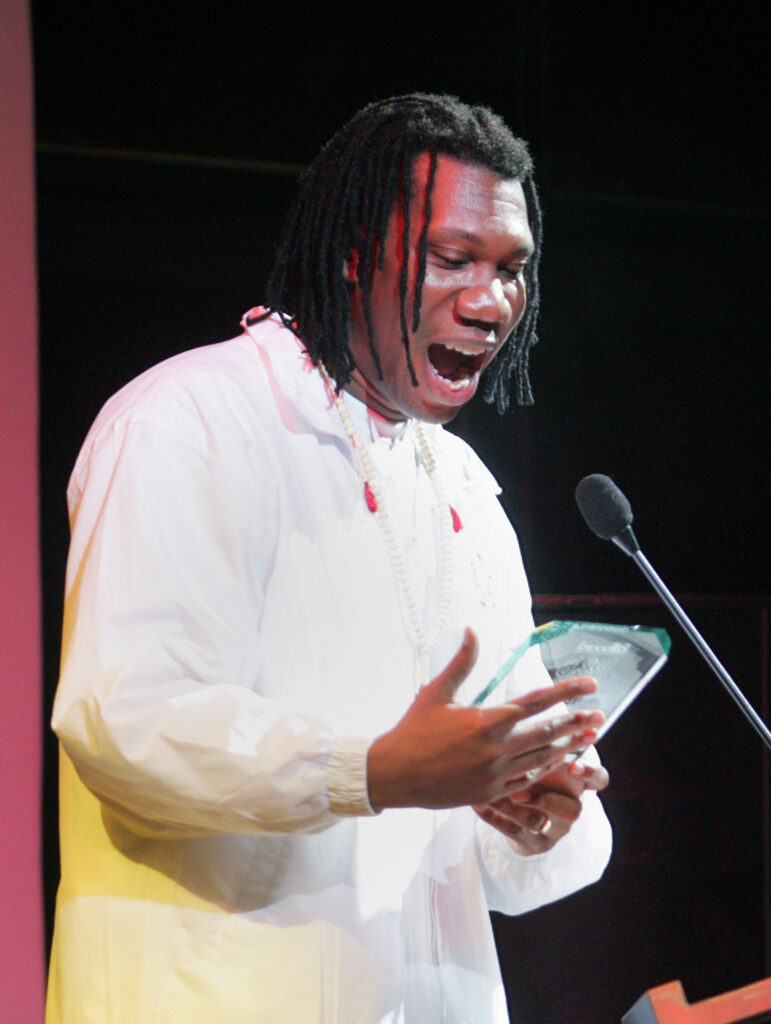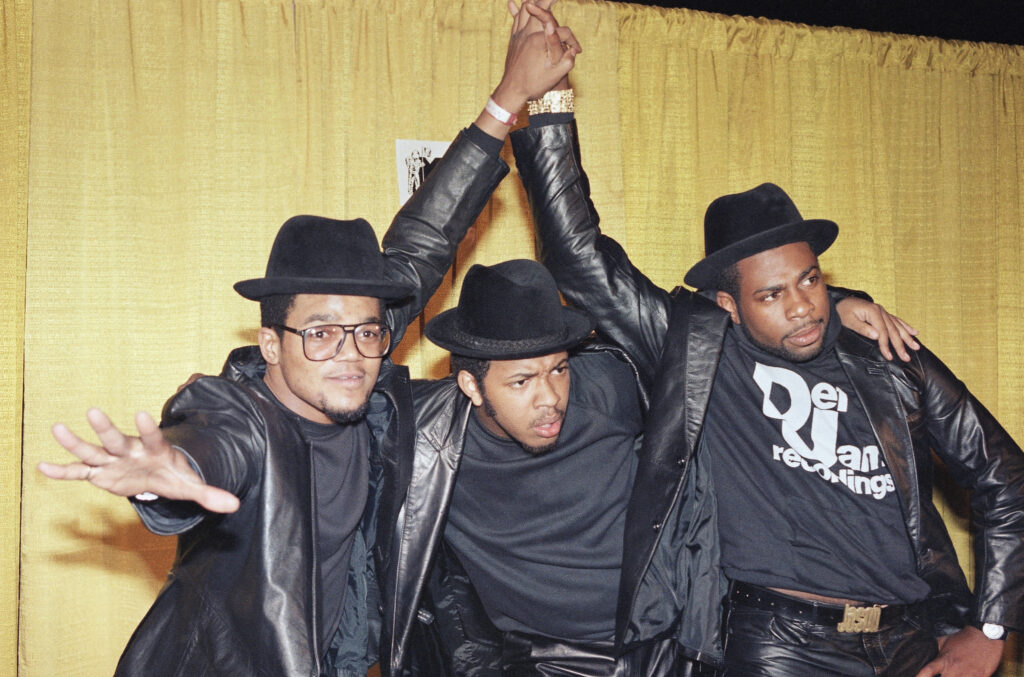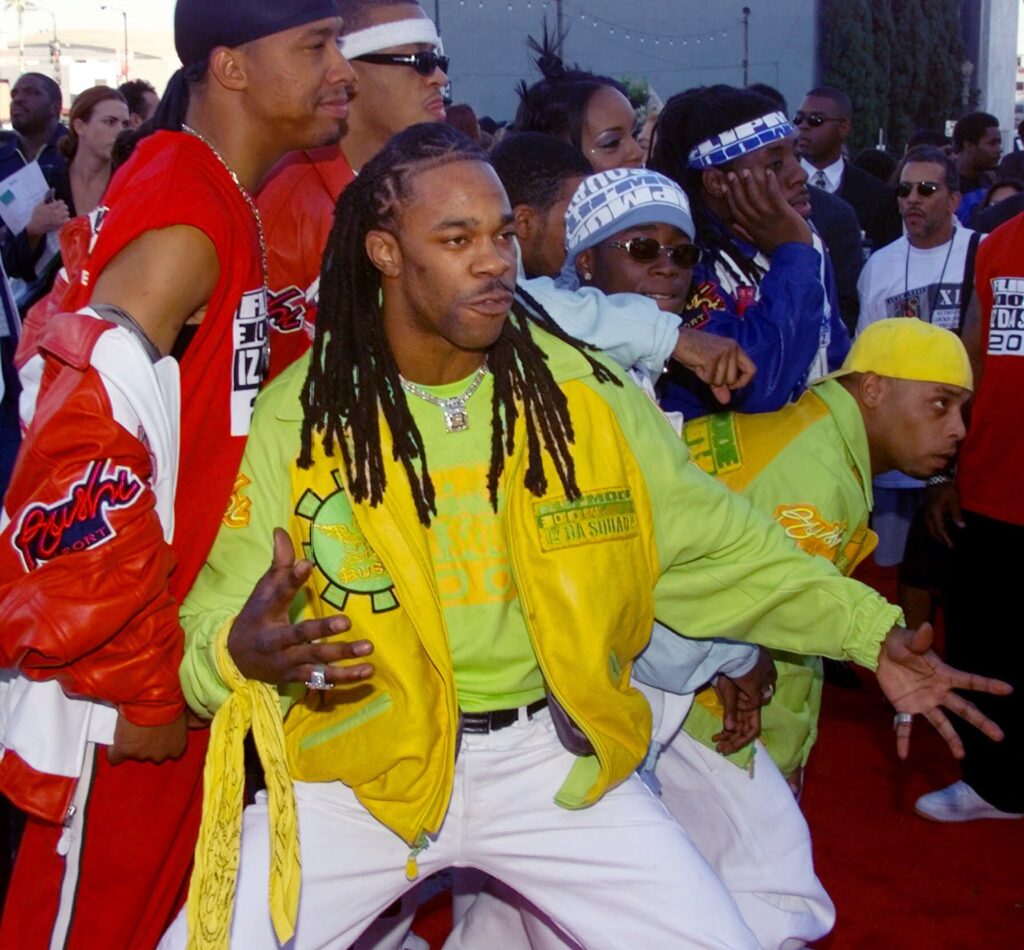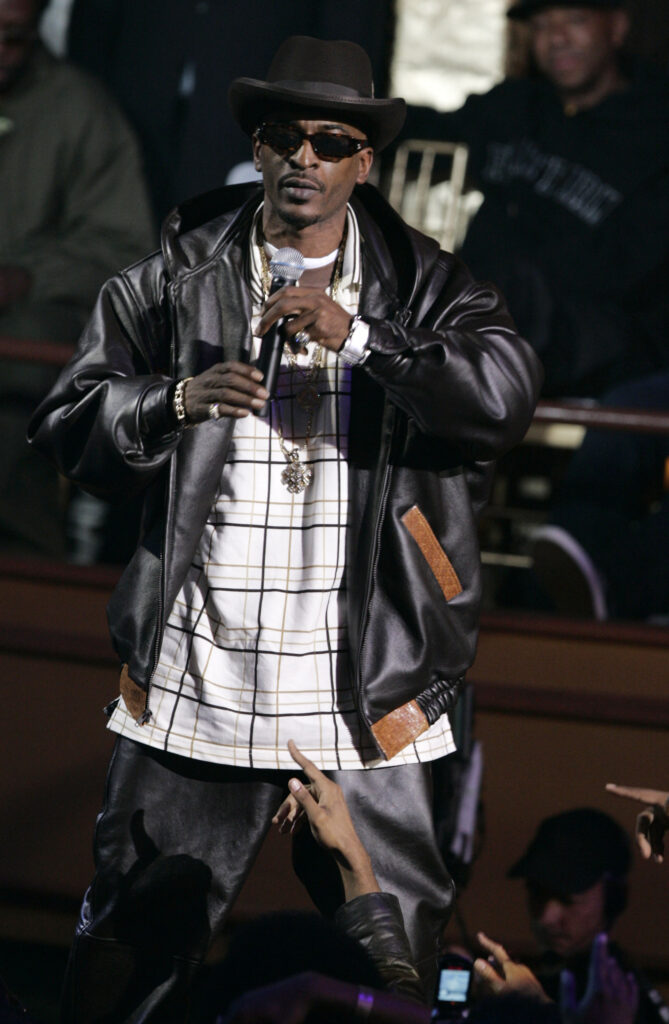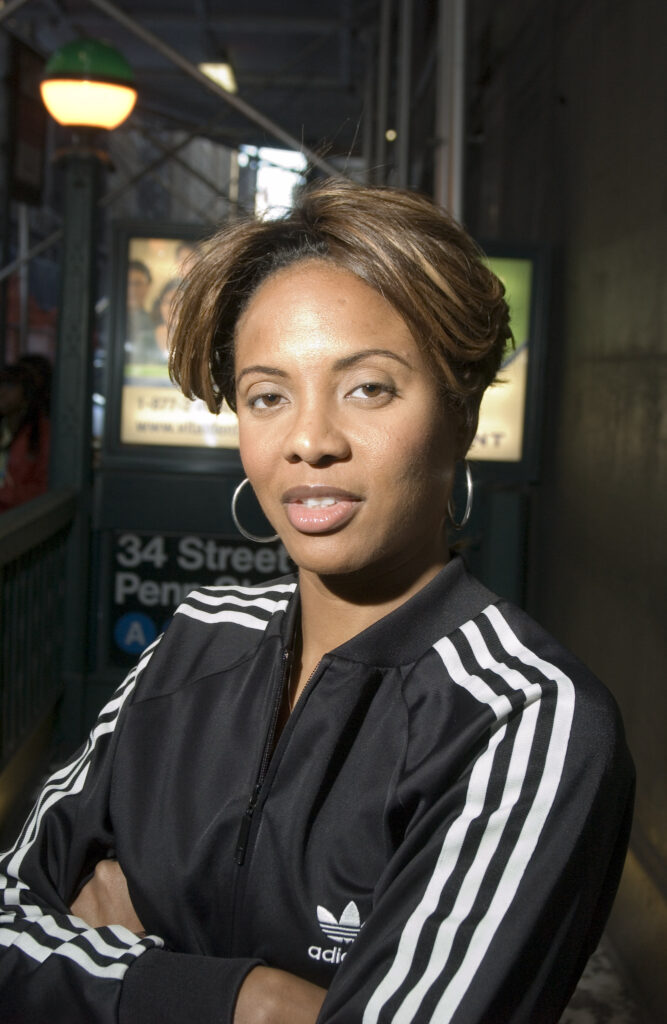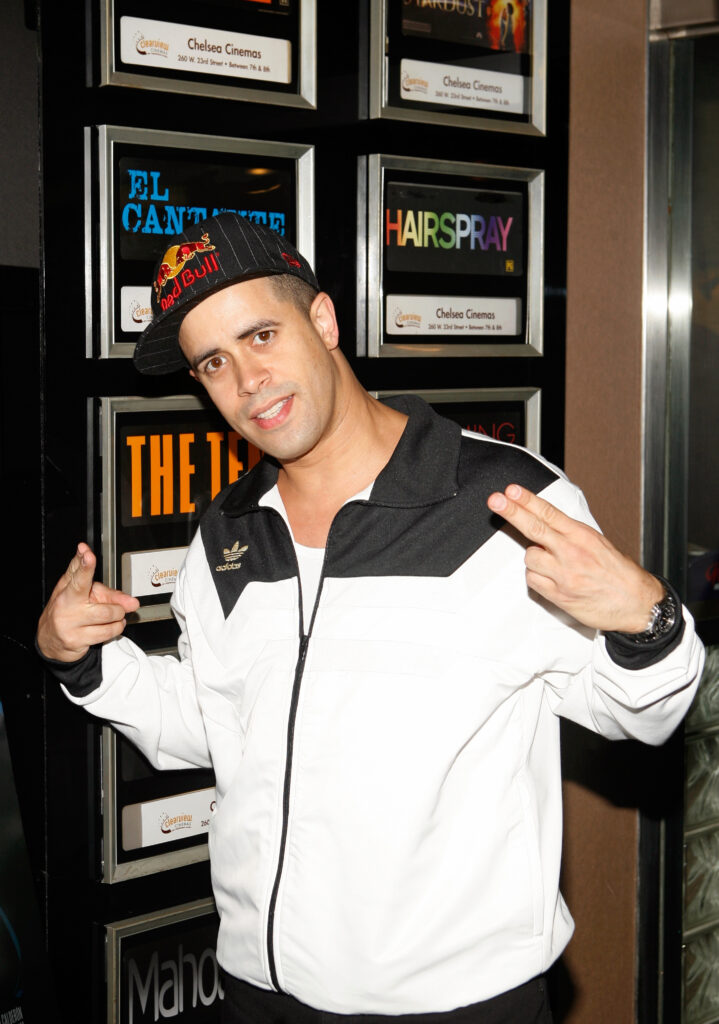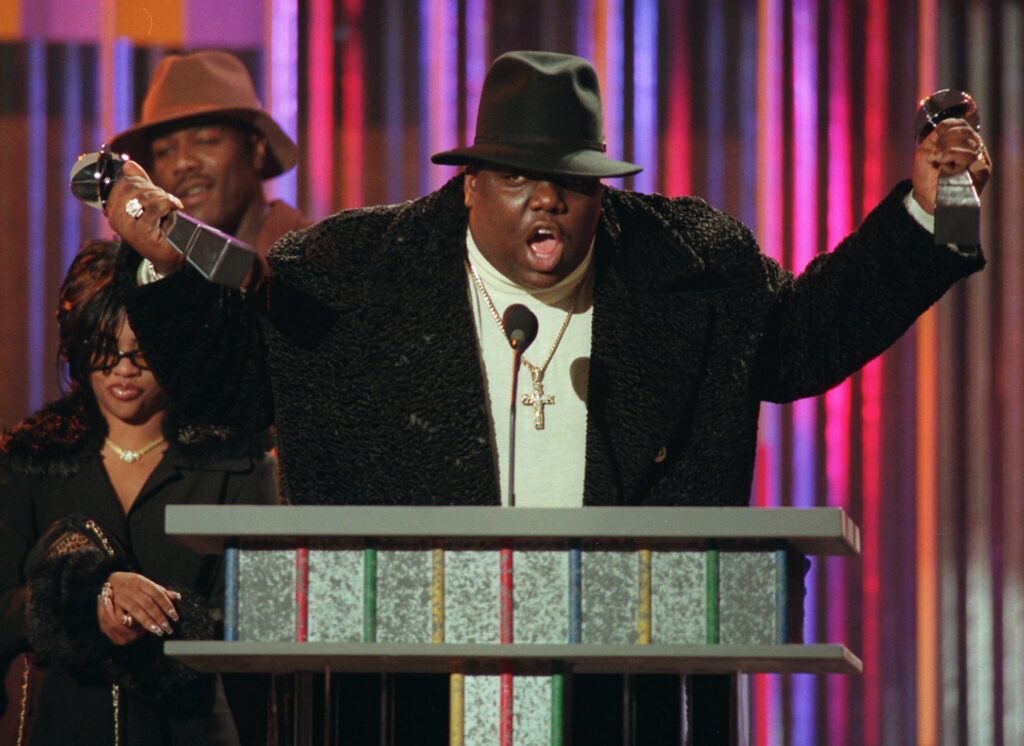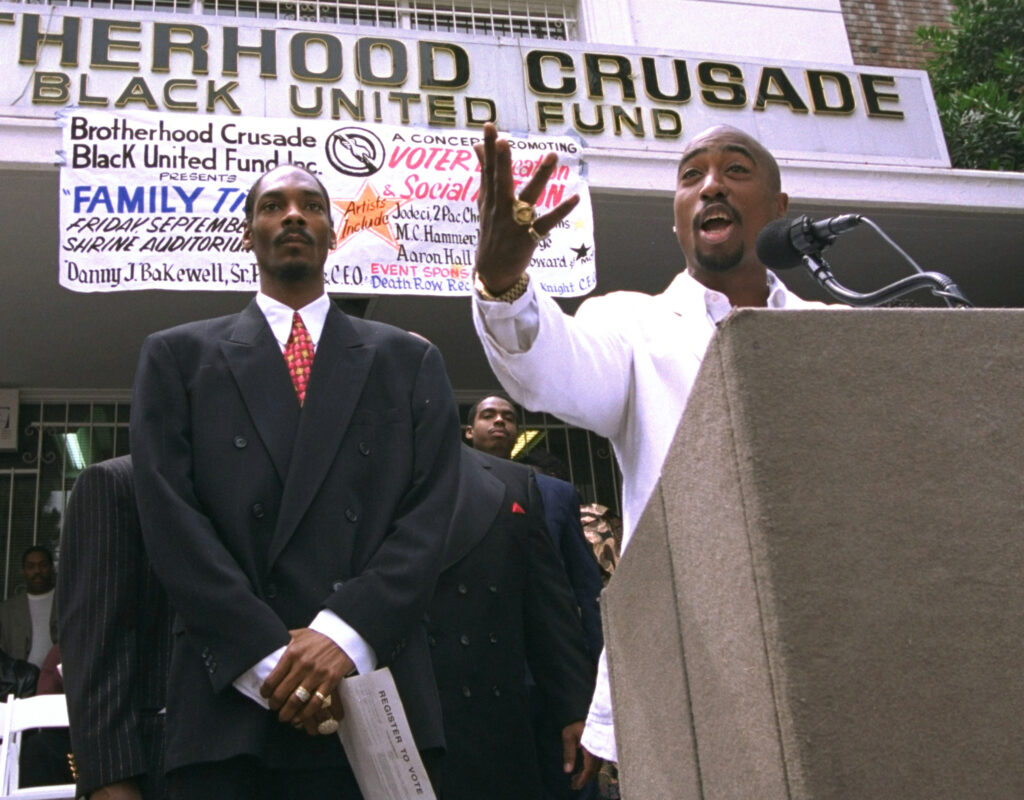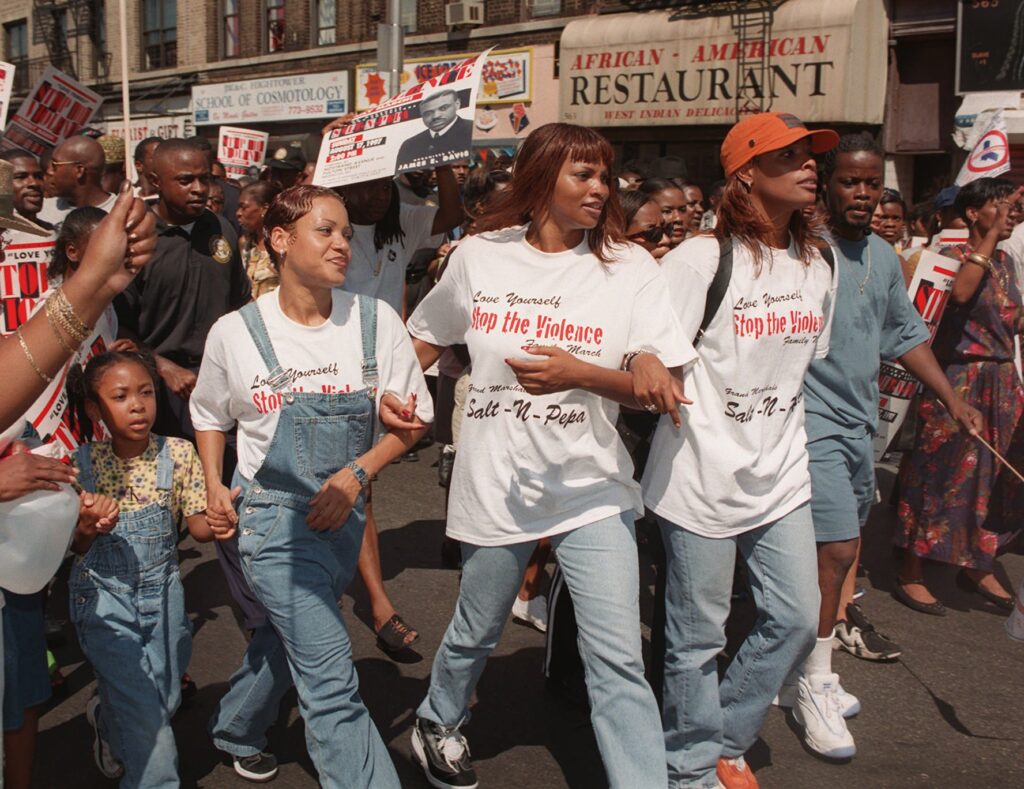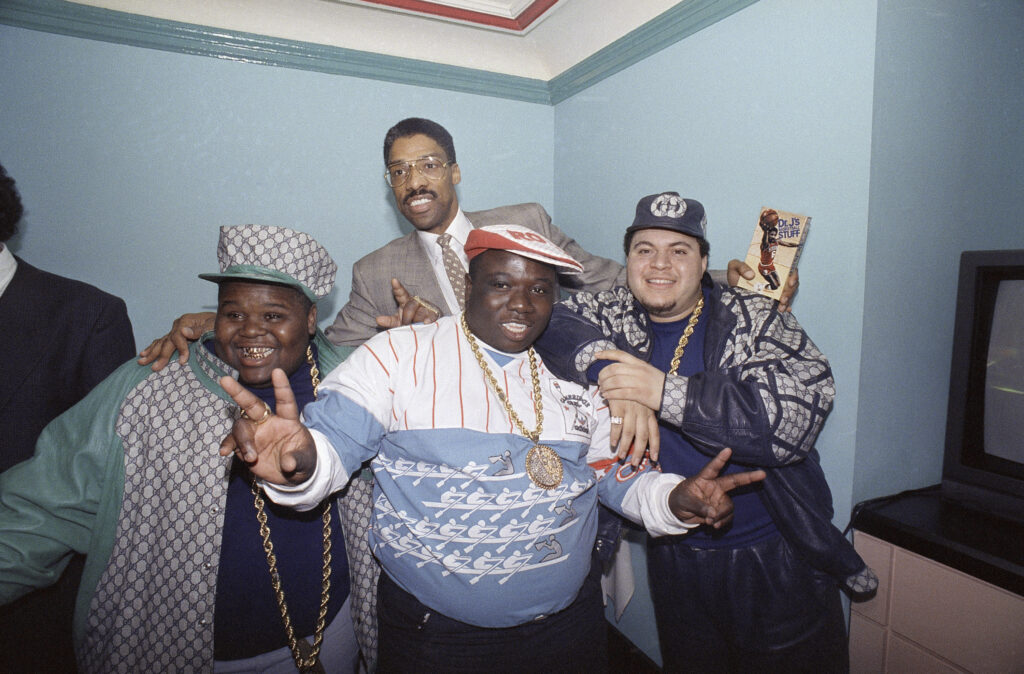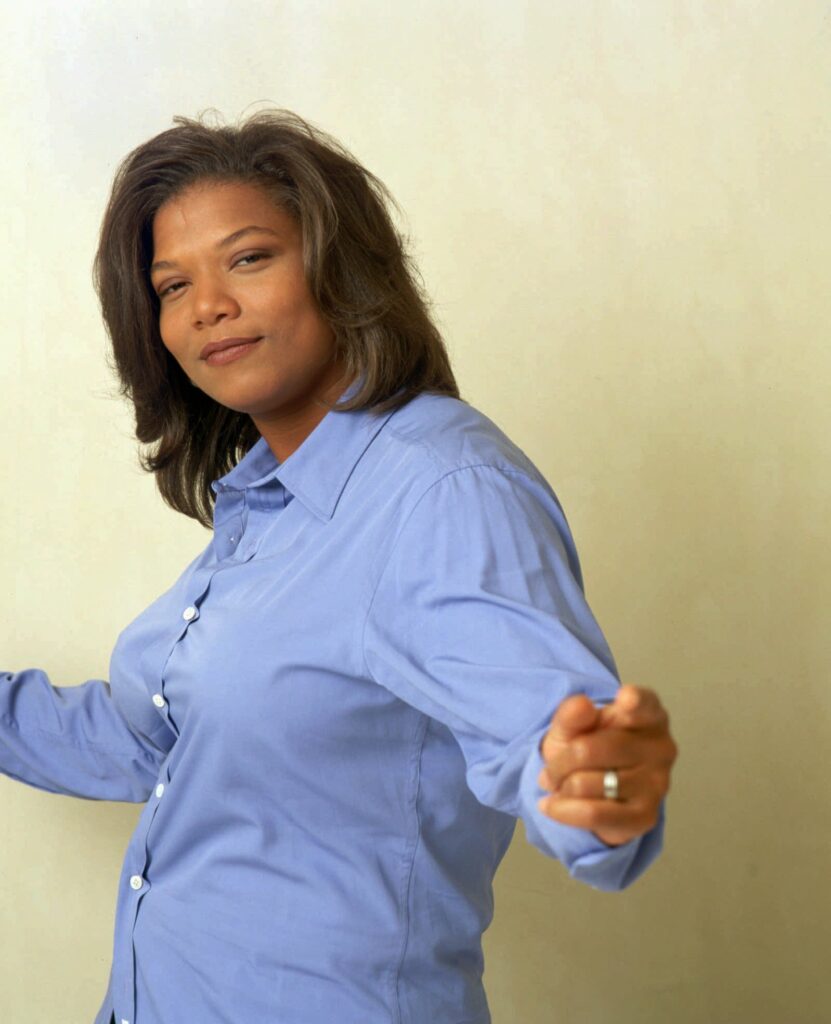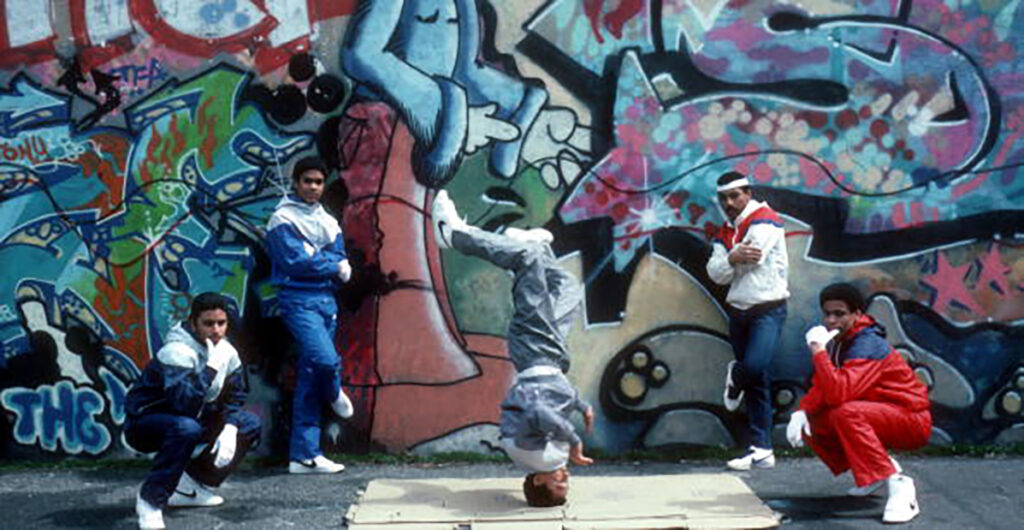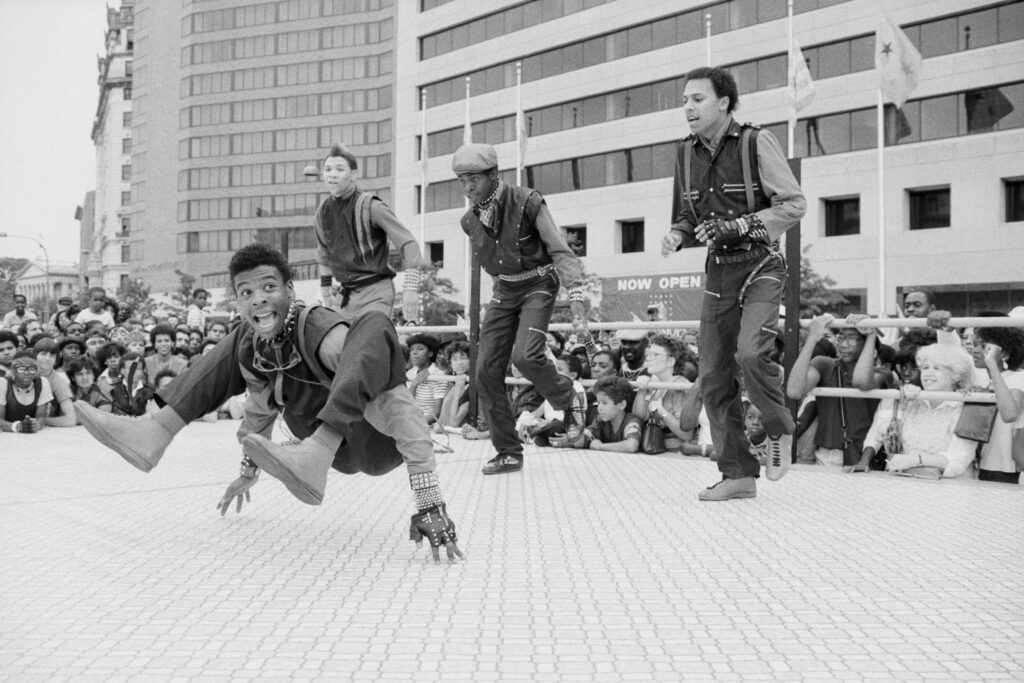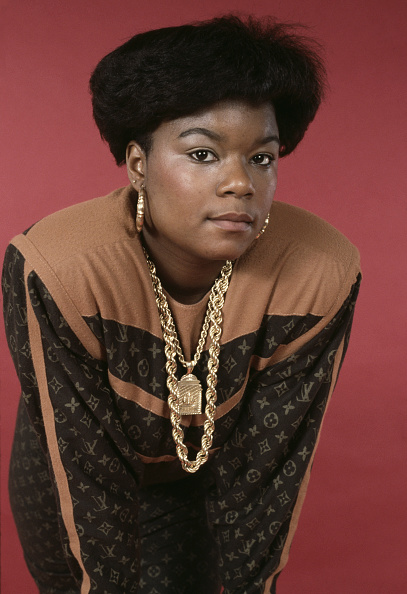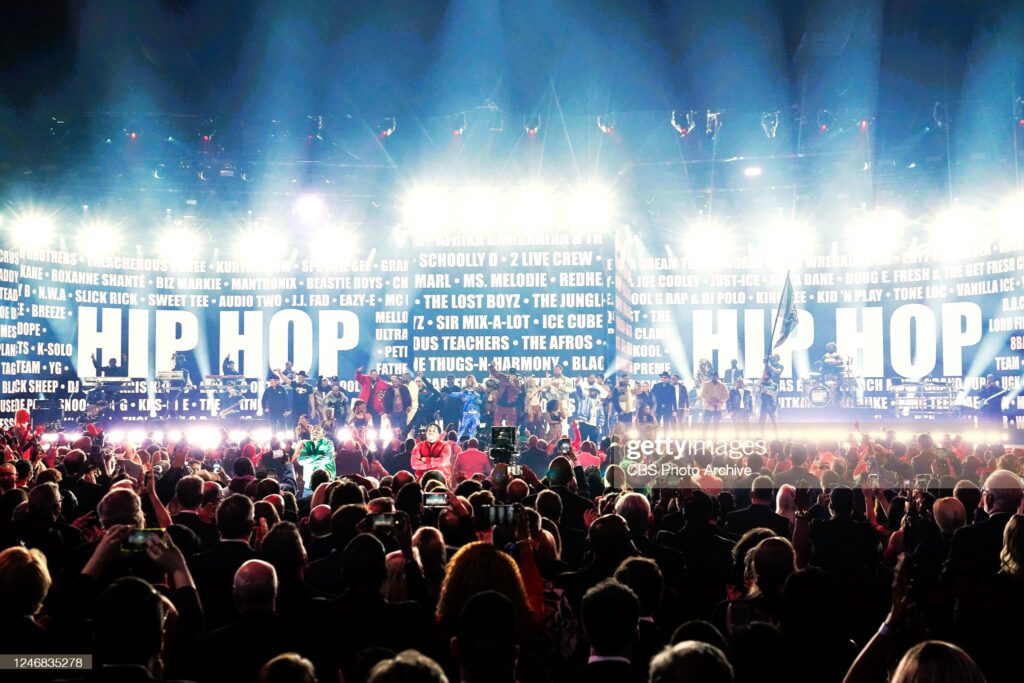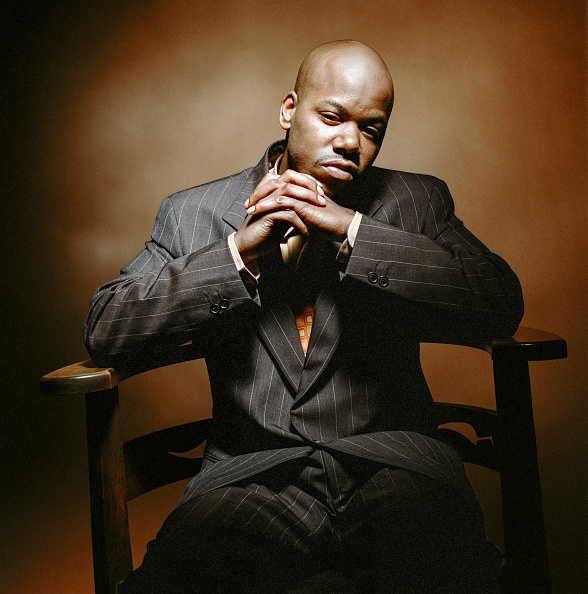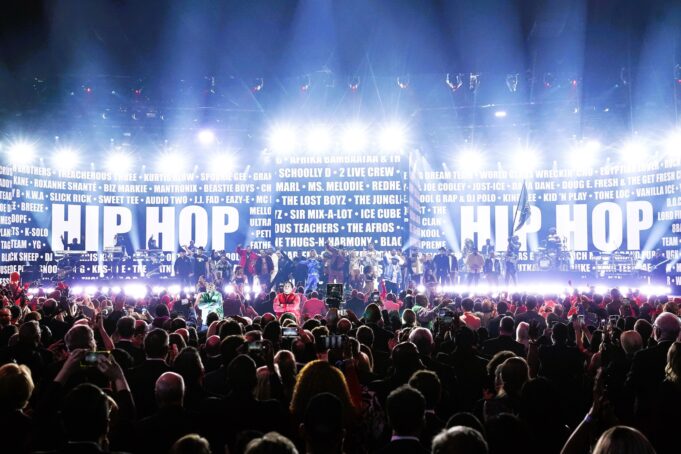From Bronx block parties to global domination, hip hop’s influence has endured for half a century. In 2023, the world celebrates a genre that has not only shaped music but also impacted fashion, art, and social activism.
Fifty years ago, in the vibrant neighborhoods of the Bronx, New York, a cultural revolution was born. It grew to include the “five elements of hip hop,” emceeing (rapping), deejaying, break dancing, graffiti and beatboxing. It has evolved into a global phenomenon that has transcended racial, geographical, and language boundaries. Celebrations are in the works nationally and internationally.
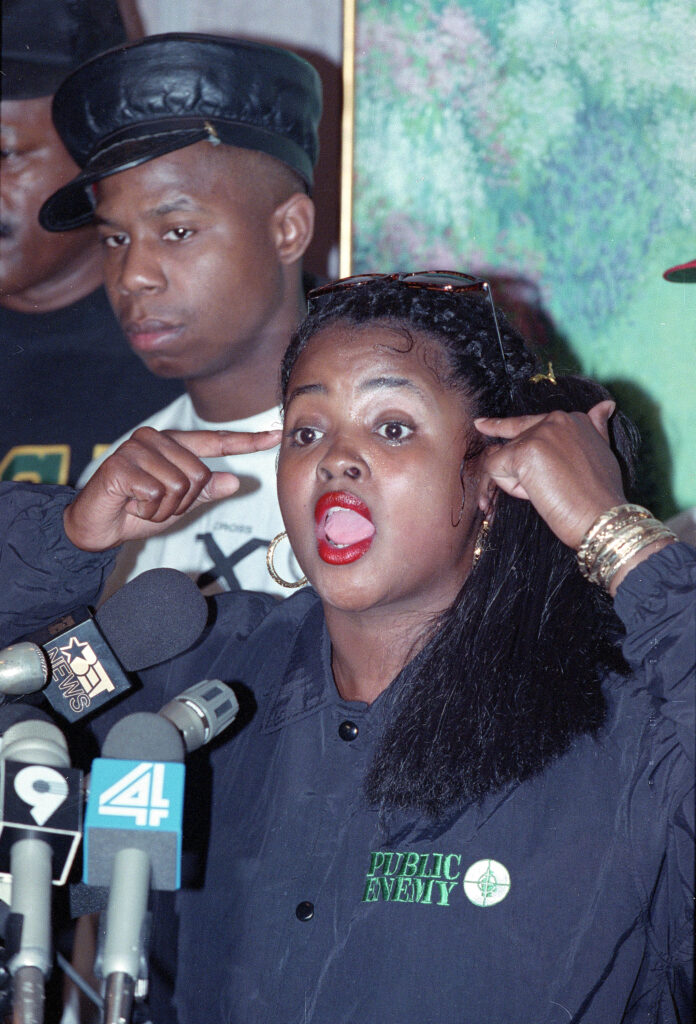
“The detractors have been proven very wrong. Hip hop at its genesis was, in my opinion, a God-inspired phenomenon,” stated Student Minister Dr. Wesley Muhammad, an author, researcher and Ph.D. in Islamic Studies. He is also a member of the Nation of Islam.
Student Minister Muhammad thinks that hip hop’s turning 50 has unfortunately morphed from what began as a God-inspired phenomenon into one that is fake and controlled. The reason is, the power of hip hop is so large in that it shapes thought and life so, it’s very important who is riding this black stallion, he pointed out. “We have to get God back in the saddle of hip hop,” he stated.
The birth of a movement
In the early 1970s, hip hop emerged from the streets, fueled by the creativity and resilience of marginalized Black and Brown communities. According to many hip hop historians, the origins are traceable to a back-to-school party in the rec room of a Bronx apartment building in 1973.
Pioneers like DJ Kool Herc, Grandmaster Flash, and Afrika Bambaataa laid the foundation, introducing innovative techniques like breakbeats and turntablism, or scratching—the manipulation of sounds and samples to create new beats.
The energy and spirit of hip hop resonated with a generation hungry for self-expression, and a movement was born. The founder of the Five Percenters (a.k.a. the Nation of Gods and Earths) was Clarence 13X Smith (a.k.a. Father Allah), a former member of the Nation of Islam’s Temple No. 7 and is credited with taking aspects of the Teachings of the Most Honorable Elijah Muhammad known as the Supreme Wisdom, to young people in New York. For many, during the late 1980s and mid-1990s, their first exposure to the voice of the Honorable Minister Louis Farrakhan was hearing his speeches mixed over beats, or perhaps a reference in a rap song.
There isn’t another phenomenon that has shaped culture and society over the past five decades, on a global level to the extent that hip hop is, noted Student Minister Muhammad.
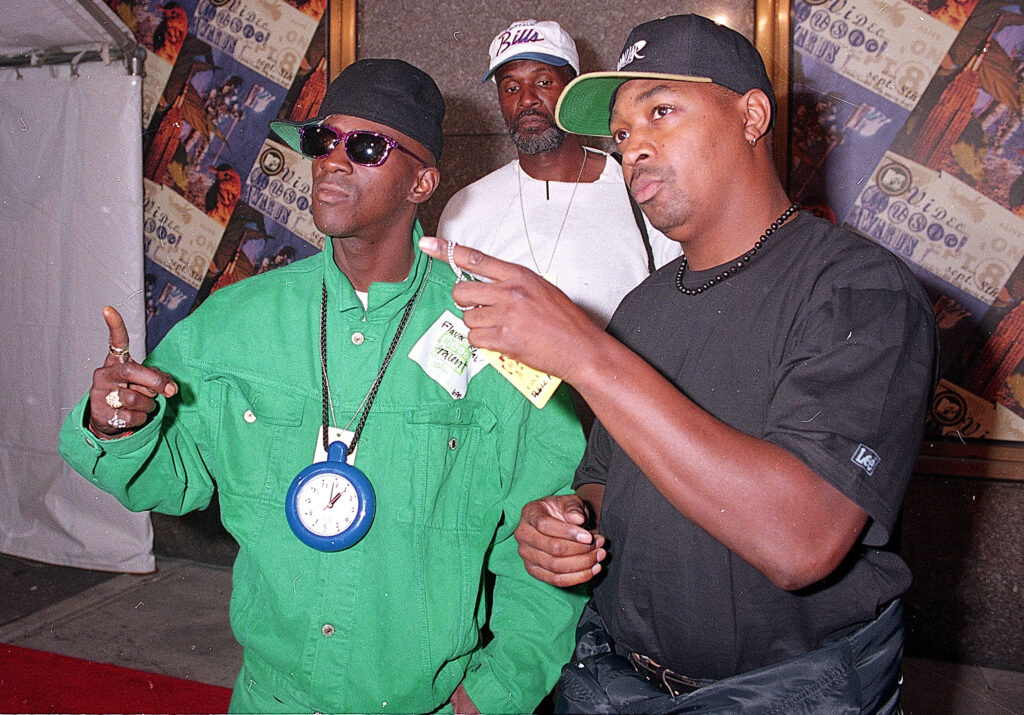
“That’s why you know it’s God-inspired. Only God can make another god, and hip hop as a phenomenon is a being of power and force, like no other, certainly no other cultural or even intellectual phenomenon,” he told The Final Call.
“Its reach, its impact, is not just on Blacks, but on Whites. Most consumers of hip hop music commercially are White. So its influence in shaping thought, shaping culture, and shaping behavior is tremendous and I believe unparalleled,” he added.
The Golden Era
The 1980s and ‘90s were known as the Golden Era and there was a rise of iconic artists such as Run-D.M.C., Public Enemy, N.W.A, and A Tribe Called Quest, who pushed the boundaries of lyrical storytelling and musical production. Hip hop became a powerful medium for addressing social issues, shedding light on the realities of urban life, police brutality, and systemic injustice.
Albums like, “It Takes A Nation of Millions To Hold Us Back” by Public Enemy, “By All Means Necessary,” by Boogie Down Productions, “Illmatic,” by Nas, “The Chronic,” by Dr. Dre, “Ready to Die” by Notorious B.I.G. and many more became timeless classics. And though there were few in the beginning, women began taking their place and making their mark in the rap game, including MC Sha-Rock, Roxanne Shante, MC Lyte, Salt-N- Pepa and Queen Latifah,just to name a few.
The genre’s influence began to reach far beyond the streets of New York.
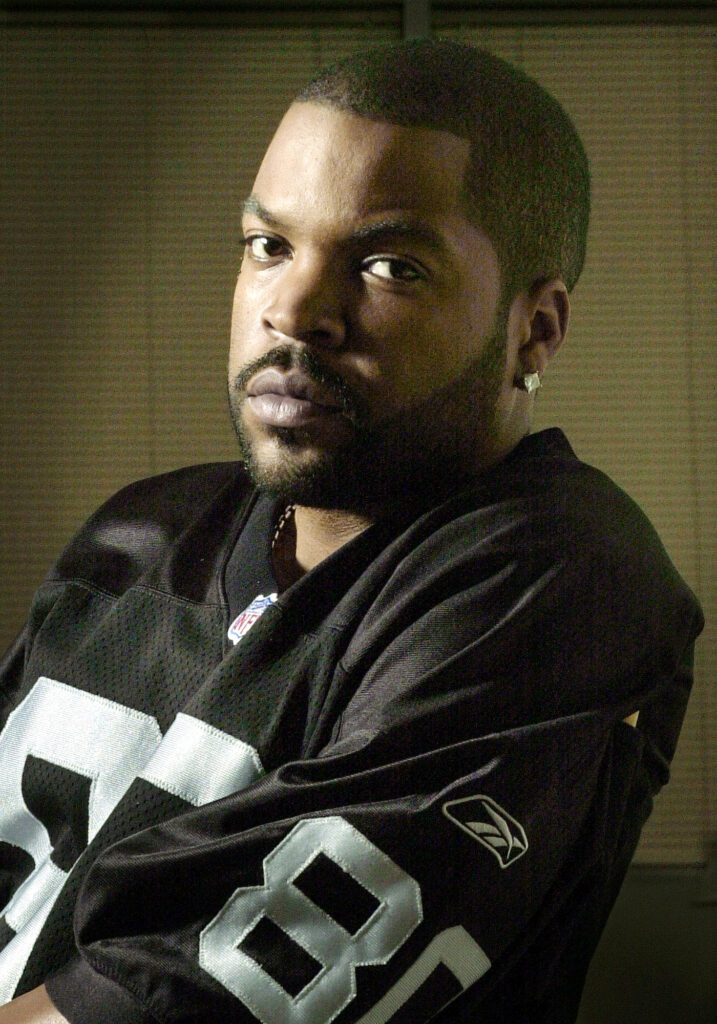
“Hip hop has always been there for me as a genre,” said Big Boy (Kurt Alexander) of the nationally syndicated podcast “Big Boy’s Neighborhood.”
“I was there when it was a ‘fad,’ ‘what is that you’re listening to,’ ‘it’s never gonna last,’” he said. He even tried to rap, to the point he received detention and almost got suspended for participating in cyphers and rapping, Big Boy told The Final Call. He even remembers what the audience used to look like, and that wasn’t a time when every radio outlet was playing some type of hip hop, as today, he said.
“If you were lucky, you got a mixture or something on the weekend … not stations dedicated to it. It was categorized,” stated Big Boy.
Seeing where the culture came from to where it is now, including concerts comprised of all Black and Brown people, to Beyonce and Jay Z at the Hollywood Bowl shows a striking change, he said. “That’s because of the way the crowd looks now, how it’s accepted. But hip hop has always been with me since my early days,” he shared.
Hip hop is a long way from the days he and his friend, Trevor, would walk to the Boys and Girls Club in Santa Monica, rapping “Rappers’ Delight,” Whodini and LL Cool J. “Public Enemy, Big Daddy Kane, Special Ed, everyone had their own sound and it resonated across the world. Everybody stood out and there were no sloppy carbon copies,” said Big Boy.
It was a texture of something unknown to the masses, but Black youth knew how big it was and what it meant to them, Big Boy reflected. “We knew what it felt like. There was a time when you used to look hip hop. Where you wore a Kango (hat), Gazelles (eyeglasses), a break dance suit, Adidas, and someone could look at you and say, ‘They must listen to hip hop!’” said Big Boy.
“I love where it’s at, but I also loved when it was also like a private community too. I love sharing it, but I loved when it was our own.”
Evolving sounds, subgenres and going mainstream
As the new millennium approached, hip hop’s influence exploded onto the global stage. Artists like Jay Z, Eminem, and Missy Elliott achieved commercial success while maintaining artistic integrity, bridging the gap between the underground and the mainstream. New digital technology and the rise of the internet allowed hip hop to reach audiences around the world, creating a truly global community of fans and artists.
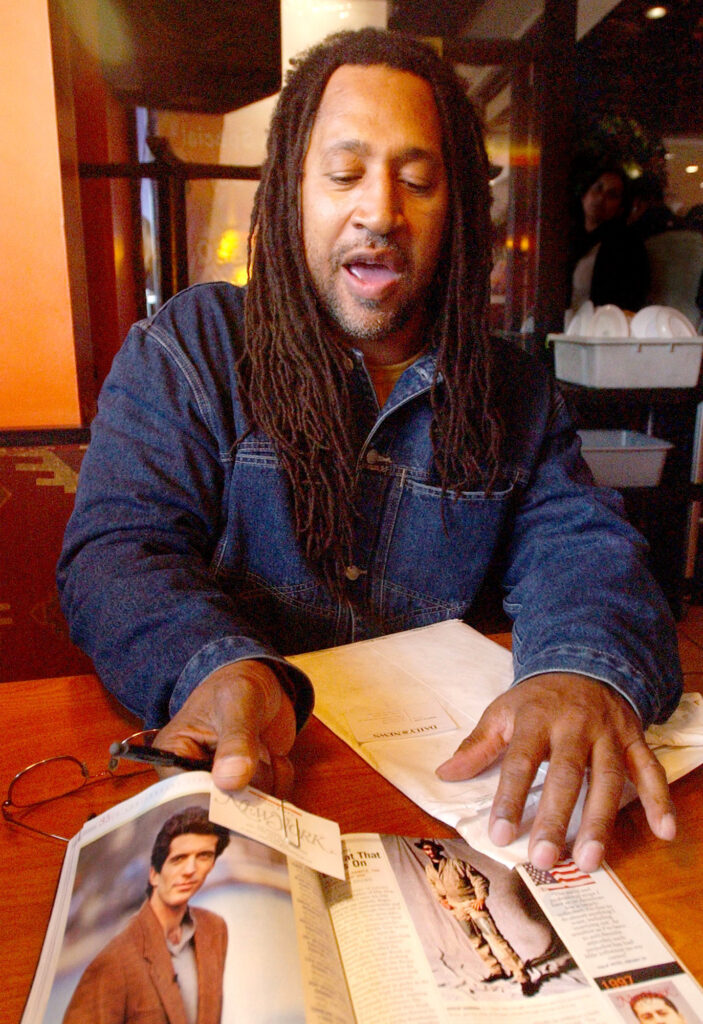
As Nipsey Hussle rapped in “That’s How I Knew,” “It’s like a gold rush, it’s never been a time like this in our generation; It’s our equivalent of the Gold Rush with everybody movin’ to California; This technology has empowered everybody; And it’s giving people, you know, it’s as big as you wanna make it and, you know, it’s as far as you take it …”
Hip hop is now a multi-billion-dollar industry. According to AfroTech.com, back in 2006, ABC News did a special report and announced that the hip hop industry was worth more than $10 billion a year. “By the time 2016 rolled around, the market grew to $15.7 billion. Year over year, the industry is projected to grow at a rate of $4.08 billion,” the website noted.
The 50-year journey has been marked by constant evolution and innovation. From the soulful beats of the ‘70s to the trap-infused anthems of the present day, the genre has continuously reinvented itself while struggling to stay true to its roots.
Subgenres like gangster rap, conscious rap, and mumble rap have emerged, reflecting the diverse voices and experiences within the hip hop community. Artists like Kendrick Lamar and J. Cole are pushing the boundaries and redefining what it means to be a hip hop artist in the 21st century.
“I believe Kendrick Lamar, J Cole, are signs that you don’t have to be ratchet to be good as a rapper and you don’t have to be ratchet to be successful,” stated Student Minister Muhammad. He observed that “message rap,” is seemingly trying to have some success in the mainstream arena of hip hop. But the reality is there’s always been message rap, except it was confined to the margins, void of the production that major labels provided for mainstream, commercial hip hop, which itself had a message, but had the message of our enemy, he added.
Influence beyond music
Beyond beats and rhymes, hip hop has had a profound impact on various aspects of culture. Fashion trends influenced by hip hop icons like Run-D.M.C.’s Adidas tracksuits, the flamboyant style of Lil’ Kim, and the streetwear aesthetic of Kanye West have permeated mainstream fashion. Clothing brands such as Cross Colours, Karl Kani, Phat Farm and RocaWear and other “streetwear” lines grew out of the growing influence of the culture.
The culture has also impacted the big screen. Early films like, “Beat Street,” “Breakin’,”Krush Groove,” and many more introduced hip hop to the masses via Hollywood. Rap artists expanded their talents and skills to the acting arena including Ice-T, Queen Latifah, LL Cool J, Tupac Shakur, Method Man, Ice Cube, Yasin Bey (aka Mos Def) and the list continues to grow.
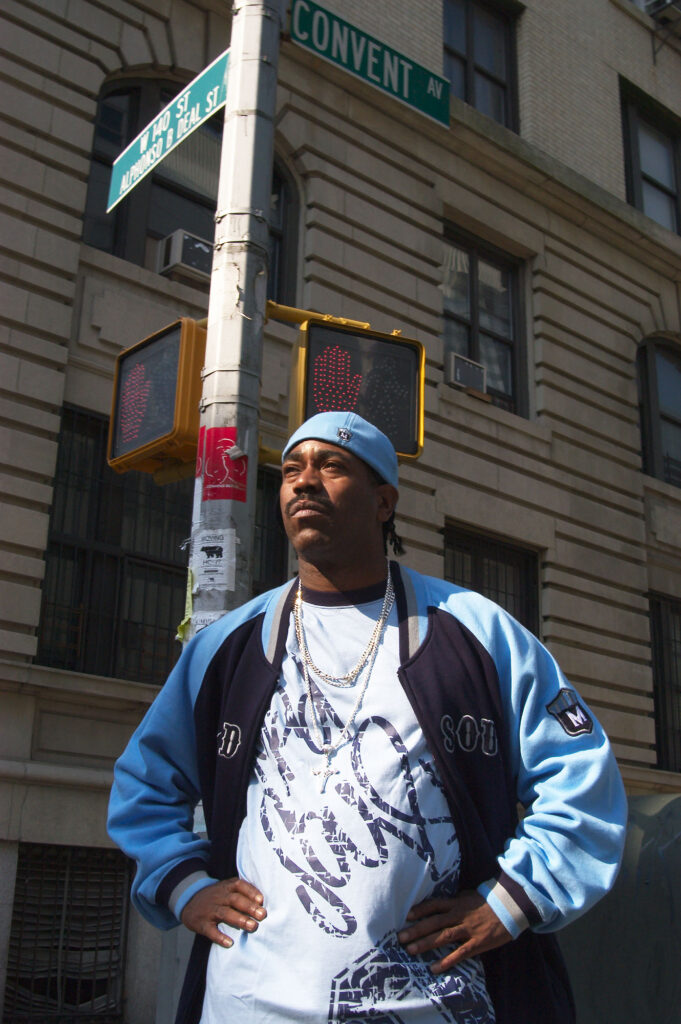
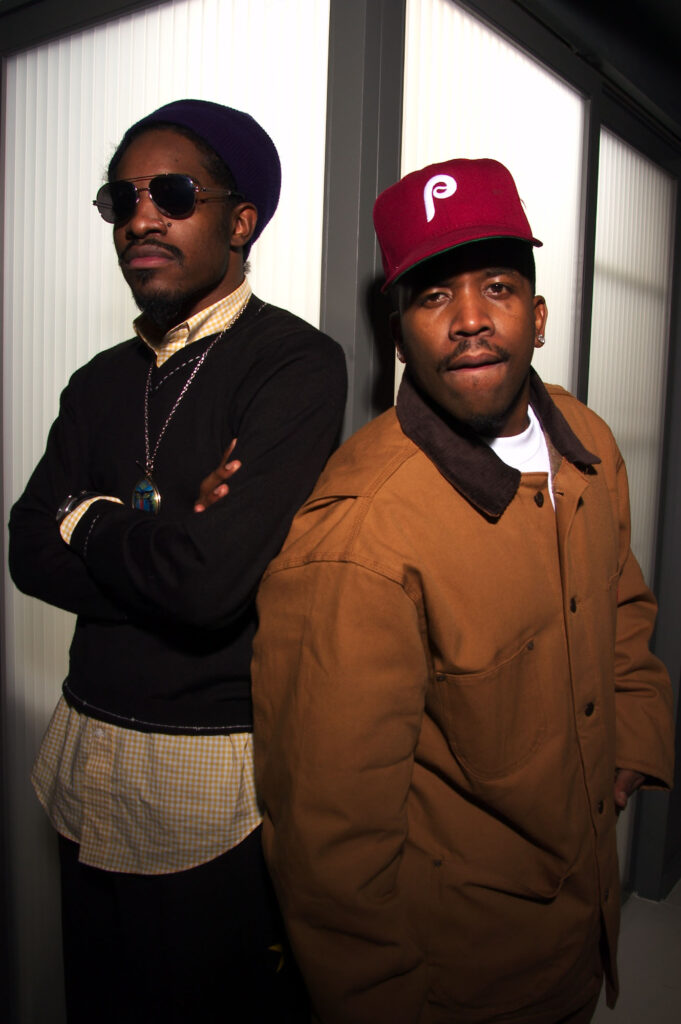
Graffiti art, originally a form of self-expression in urban neighborhoods, has become a recognized art form, exhibited in galleries and museums worldwide. Moreover, hip hop has provided a platform for social activism, empowering marginalized voices and shedding light on social and political issues.
As hip hop celebrates its 50th birthday, historians, artists and fans are reflecting on the genre’s remarkable journey from its humble beginnings to its status as a global cultural force. Observers marvel as it continues to defy expectations, challenge stereotypes, and give a voice to those often unheard.
Author, hip hop historian and journalist Davey D and others involved with hip hop in the 70s didn’t think it was going to last, he recalled. “But we were all so young,” he told The Final Call.
In hindsight, considering the totality of Black cultural expression, hip hop turning 50 shouldn’t be a surprise, Davey D continued. He views the genre as a continuum of Black people’s accomplishments, just under a different name. “It’s an oral tradition. We’ve always had that in our community, whether it was rhyming, syncopated singing, the dozens, signifying, testifying, all those type of verbal word games. Some of them test your skills, how clever you were, or how seductive you could sound, all that has been here before hip hop showed up,” said Davey D.
In addition, Black people have always had dance and move their bodies which was stifled during their enslavement as a way to get them to conform, he observed. But in their full naturalness, Black people have always danced, he said.
“If you look at the whole of history, at least here in the states, Black expression starts off being demonized,” stated Davey D. From Jazz to Funk and Soul music, hip hop has been demonized and continues to be, so as aspects of hip hop are considered classics, in hindsight, we shouldn’t be surprised that it’s 50 years old, he stated.
“It’s probably going to go another 50 and then some, because Black expression doesn’t die. It just manifests itself with slightly different angles and sometimes a different name.”
This is the first in an occasional series of articles by The Final Call examining and highlighting the 50th anniversary of Hip Hop. Final Call staff contributed to this report.
